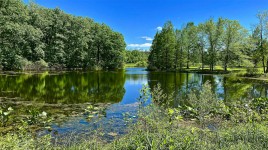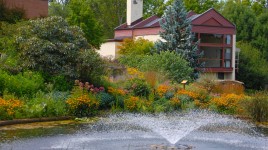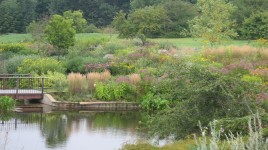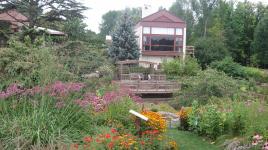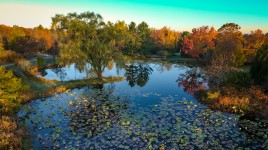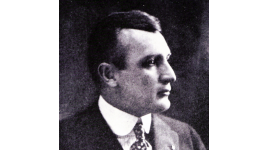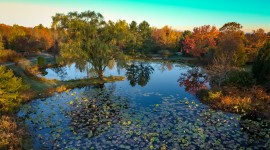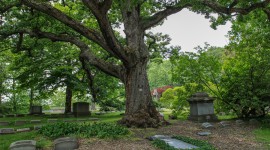Pioneer Information
Born in Auburn, New York, Cooper received a B.S. from Cornell University’s College of Agriculture in 1907. Following his graduation, he practiced landscape architecture in Font Hill, Canada, for one year before moving to Boston to work first in the office of landscape architect George Miller and then with Olmsted Brothers for a few months in 1914. Later that year Cooper moved to Cleveland, Ohio, where he would work with landscape architect and planner A.D. Taylor for 35 years while also maintaining a small private practice under his own name. Cooper’s most notable works include his design contributions to the Holden Arboretum, Lakeview Cemetery, and Daisy Hill Farm (now Round Wood Manor), the residence of O. P. & M. J. Van Sweringen. In 1934, Cooper participated in the City Plan Commission, a Civil Works Administration-funded survey of Cleveland’s parklands, recommending improvements in Brookside Park (now Brookside Reservation), Brookside Boulevard, and City Hospital. He was also a member of the Executive Committee of the Garden Center of Greater Cleveland, the National Committee on Botanic Gardens and Arboretums, the Ecological Society of America, and the American Association of Botanic Gardens and Arboretums. He is noted for his botanical and horticultural knowledge as applied to landscape architecture and he co-authored The Complete Garden (1921), a planting design reference book aimed at both amateurs and landscape architects. Cooper authored a second book a few months before his death, Arboretums, Their Aims and Scope, which was never published.
In 1938 Cooper became a Fellow of the American Society of Landscape Architects. Following his passing in Cleveland in 1949 his long-term colleague A.D. Taylor wrote, “No greater tribute can be paid to him than to say that quiet and unassuming, with a most orderly type of mind, he sought little recognition and derived great satisfaction from knowing that his contribution to posterity would speak for itself.”





